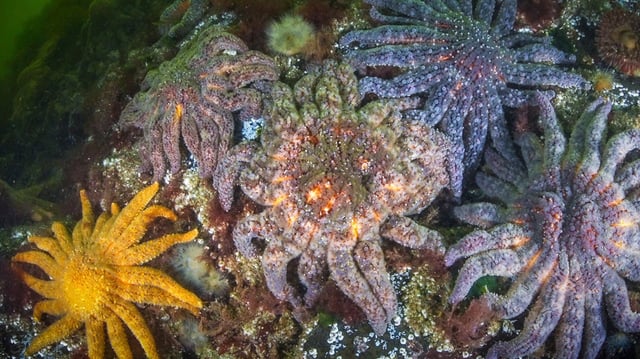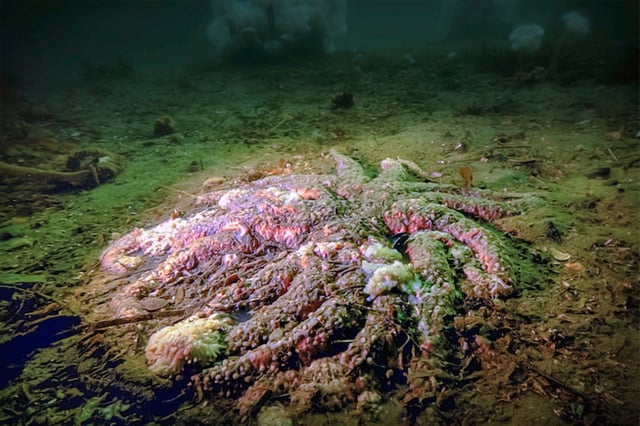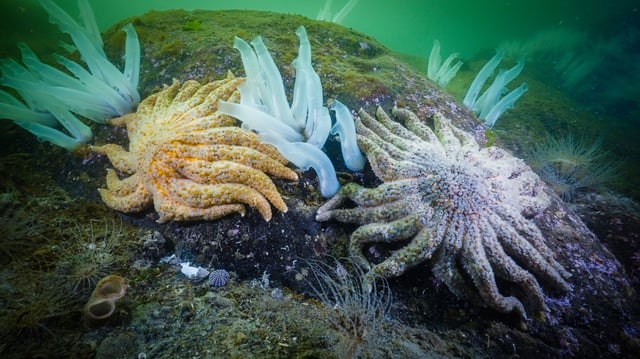Overview
- A study published August 4 in Nature Ecology & Evolution confirms Vibrio pectenicida as the bacterial agent behind sea star wasting disease
- Researchers proved causality by transmitting disease through coelomic fluid and showing infectivity was lost after heat treatment or membrane filtration
- Sunflower sea star populations have dropped by more than 90 percent, triggering unchecked sea urchin grazing and widespread kelp forest collapse
- Research teams are now developing rapid field diagnostics, probiotic therapies, captive-breeding protocols and targeted relocation of resistant individuals
- Ongoing experiments are examining how warmer ocean temperatures affect Vibrio growth rates and the seasonality of outbreak cycles



